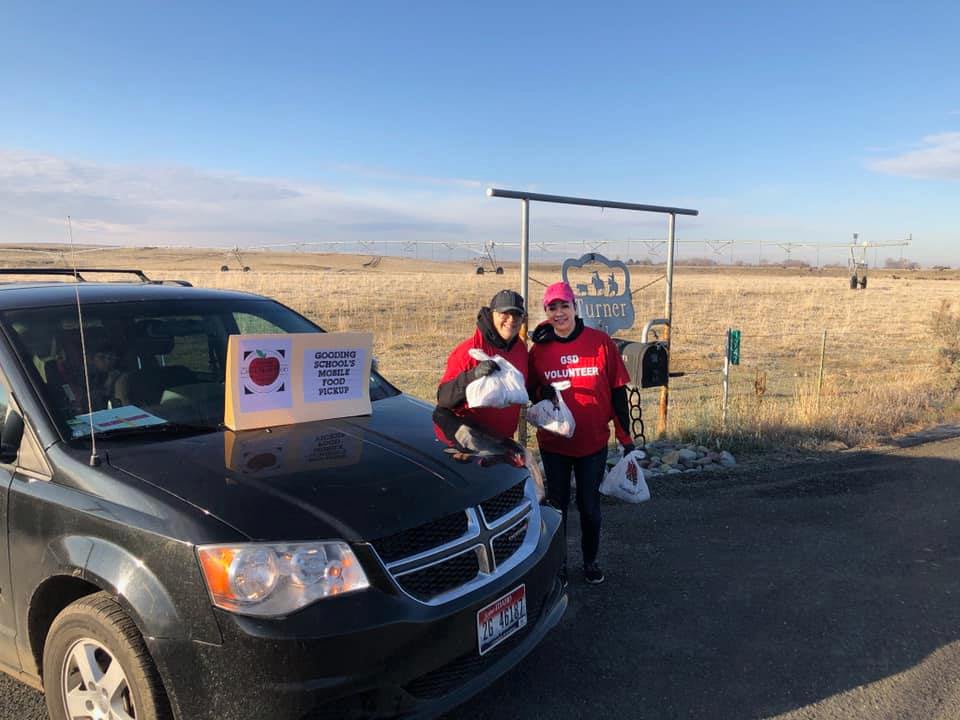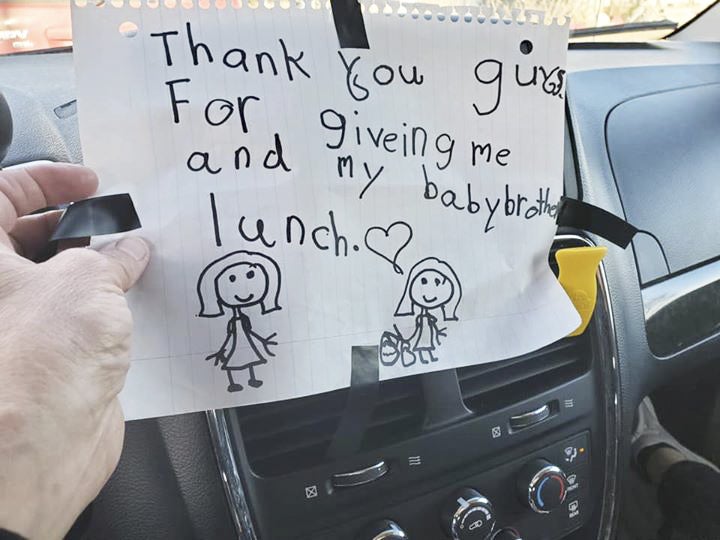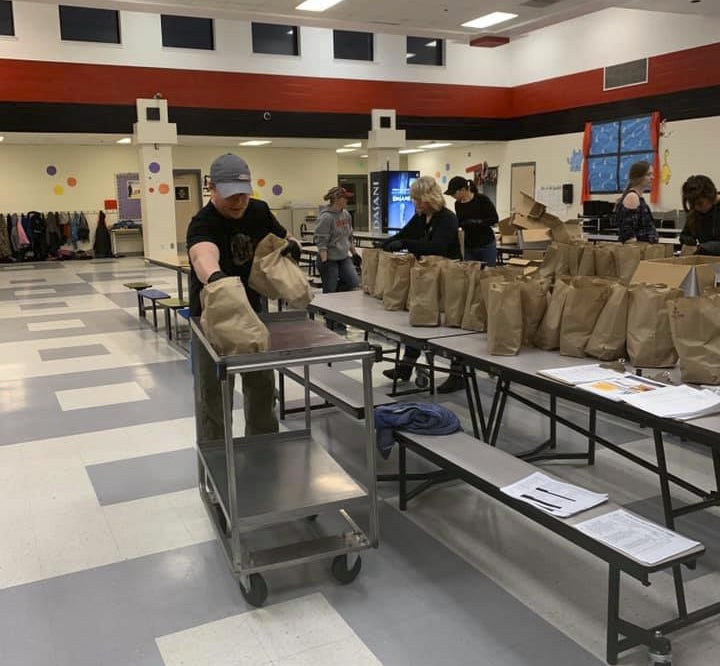
By Carrie Quinney
Idaho parents, teachers and students had to adapt to remote learning in a hurry this past March when schools closed abruptly due to the COVID-19 pandemic. Beyond the logistics of educating kids at home, remote learning in rural Idaho posed unique challenges for districts, including getting meals to hungry students who relied on food prepared and served at school.
Brandee Sabala, a student in the Education Specialist in Executive Educational Leadership (EdS) program and current principal at Gooding Elementary, used her experience in the Ed.S. program, to collaborate with the district nutrition director, and middle and high school principals, to devise a strategy to deliver meals to students who were by then spread out over a large geographic area.
“My learning in the Executive Educational Leadership program helped me to think on my toes, problem solve, and be quick to respond to the needs of our school community,” said Sabala. “It was important to us as a school district to provide meals to children, to alleviate at least one stressor families may have been feeling during COVID.”

According to Sabala, a great deal of organization was needed in the beginning stages of the response. Teachers and bilingual staff reached out to student families personally and on social media to determine their meal needs, then administrators and bus drivers determined routes and stops where volunteers could deliver meals for easiest access.
With the help of grant funding and donations from local grocers and civic organizations, staff and volunteers prepared and bagged up to 1,200 meals per day, providing both breakfast and lunch for each child that was picked up at stops on 11 bus routes. The meals also were available at two additional sites in Gooding, and schools began offering curbside pickup that lasted through June 30. On July 1, the district transitioned to its traditional summer feeding program offered at regular pickup locations, which will continue until school begins in August.
Heather Williams, assistant professor and program coordinator for the Ed.S. program, is a former superintendent for the Gooding school district. According to Williams, it’s not possible for students to learn optimally until basic needs like nutrition are met.
“We have to make sure that the basic needs of children are met, like food and shelter, before we can ask students to engage in higher order thinking and critical inquiry,” said Williams. “Oftentimes as school leaders our time is spent behind the scenes addressing issues related to poverty, food insecurity and other social challenges that emerge when communities are in crisis.”
Feeding America, a non-profit hunger relief organization, recently released projections taking into account higher unemployment rates due to the COVID-19 pandemic and projected a 22.1 percent increase in childhood hunger in Idaho for 2020. That could result in 42,300 additional children going hungry this year.
As districts in Idaho prepare for in-person and remote learning options this fall, Williams is confident students from the Executive Educational Leadership program who serve in leadership roles will be prepared to lead as Sabala was.
“Our program teaches graduate students the value of place-based leadership,” said Williams. “Students gain skills to leverage the strengths and assets of their communities as they face challenges and obstacles to best meet the needs of their student populations.”
